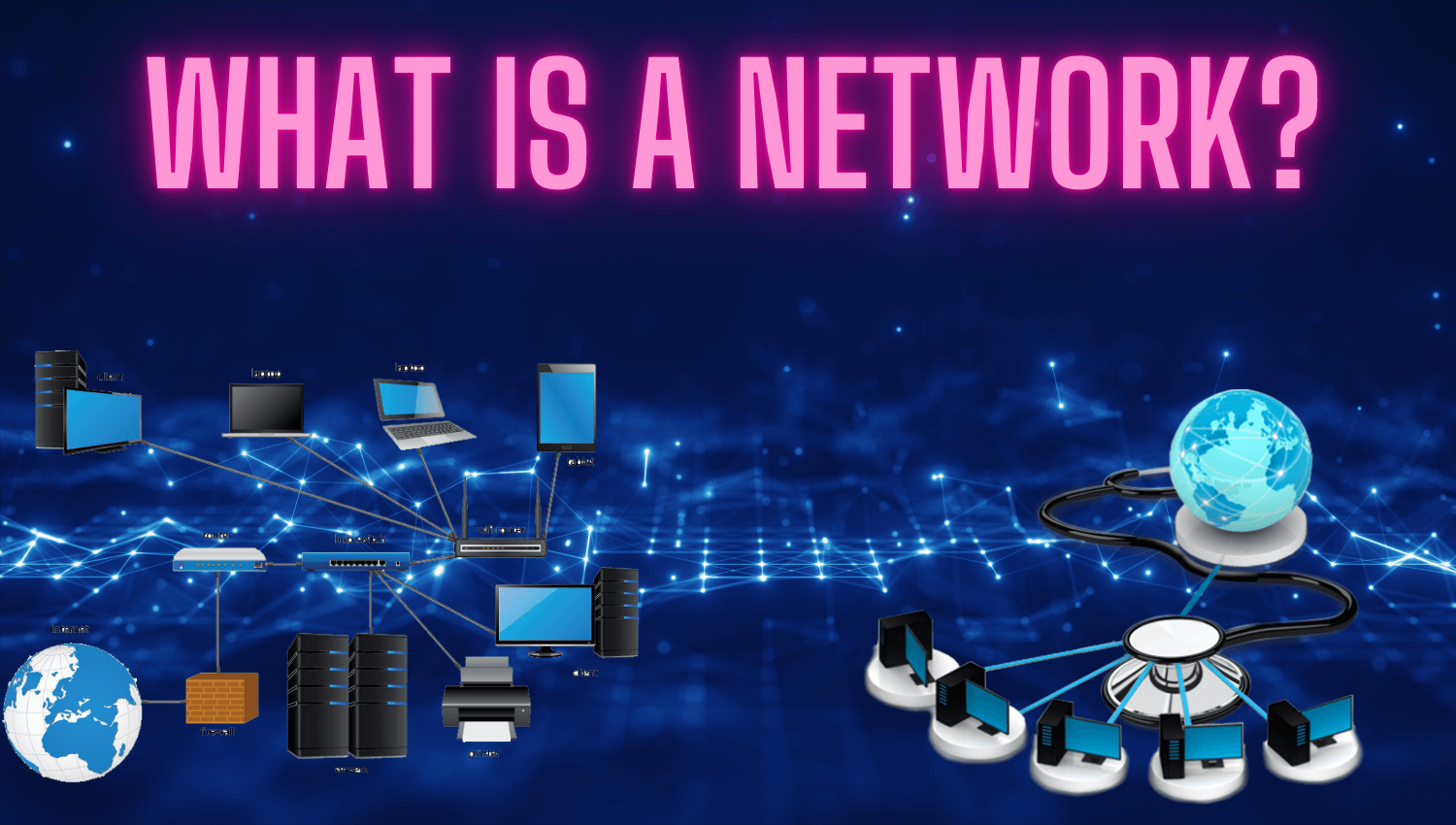
The Essential Guide to Networks: Understanding the Foundation of Connectivity
Introduction
In a world where digital interactions are at the core of daily life, networks serve as the foundation that makes these interactions possible. From sending an email to streaming a video, networks enable seamless communication and data sharing across vast distances. This article will break down the basics of networks, explore how they function, and highlight their significance in our interconnected world.
Learning Objectives
After reading this article, you will:
- Gain a foundational understanding of what a network is.
- Learn the key components and processes involved in network operation.
- Identify different types of networks and their unique applications.
- Understand why networks are critical to modern communication and information exchange.
What is a Network?
A network, in its simplest form, is a system that connects multiple devices, allowing them to share information and resources. These devices—whether they are computers, smartphones, or servers—communicate through wired or wireless connections. Networks are the underlying infrastructure that supports the flow of data, enabling everything from personal communications to large-scale business operations.
Networks can vary in size and scope, from a small Local Area Network (LAN) in a home or office to vast Wide Area Networks (WANs) that span the globe. Regardless of their size, all networks share the common goal of linking devices to facilitate the exchange of information.
How Does a Network Work?
Understanding how a network works involves looking at several key steps and components:
- Connecting Devices: The first step in building a network is to physically or wirelessly connect devices. This creates the pathways through which data can travel.
- Assigning IP Addresses: Each device on a network is assigned an IP address, a unique identifier that ensures data is routed to the correct location.
- Implementing Protocols: Networks rely on protocols, which are sets of rules that govern how data is transmitted and received. The TCP/IP protocol is the most widely used, especially for internet communication.
- Packetizing Data: When data is sent over a network, it is broken into smaller packets. Each packet contains the data, as well as information about its destination and origin.
- Routing and Reassembly: Routers direct these packets to their intended destination, selecting the most efficient path. Once the packets arrive, they are reassembled into their original form, allowing the receiving device to use the data as intended.
Conclusion
Networks are integral to the functioning of the modern world, enabling everything from casual online browsing to critical business operations. By understanding the basics of how networks operate, we can better appreciate the complexity and importance of these systems. As our reliance on digital technologies continues to grow, networks will remain at the heart of our connected lives.
For a more detailed examination of different network types and the importance of securing them, visit the full article here.





